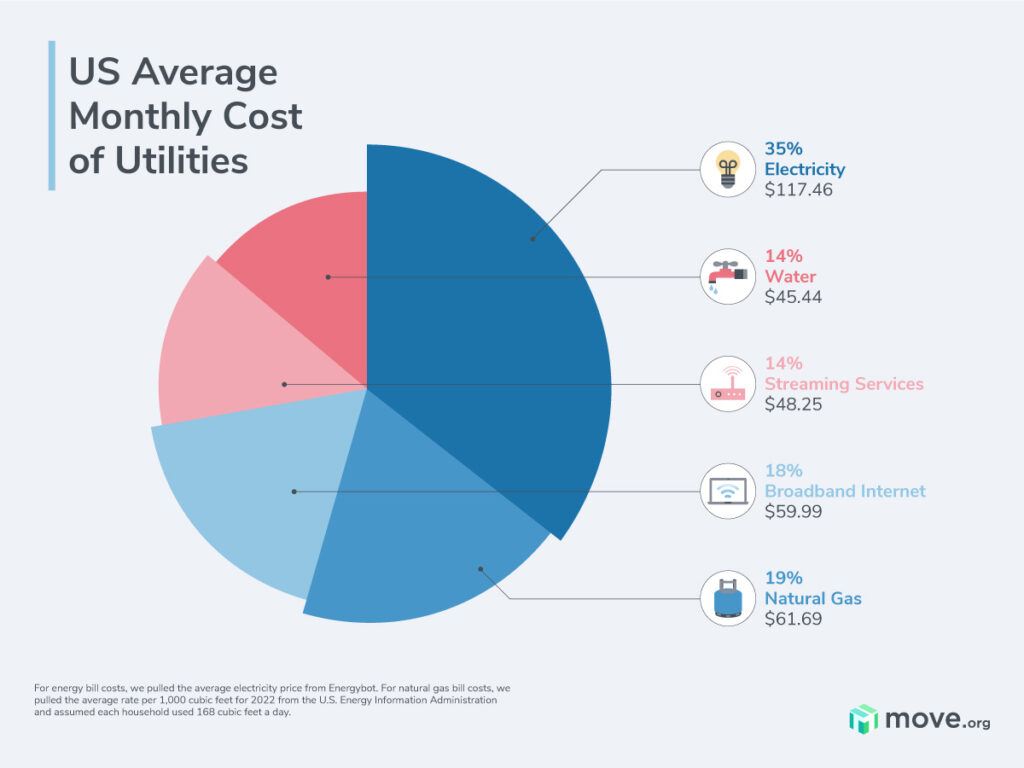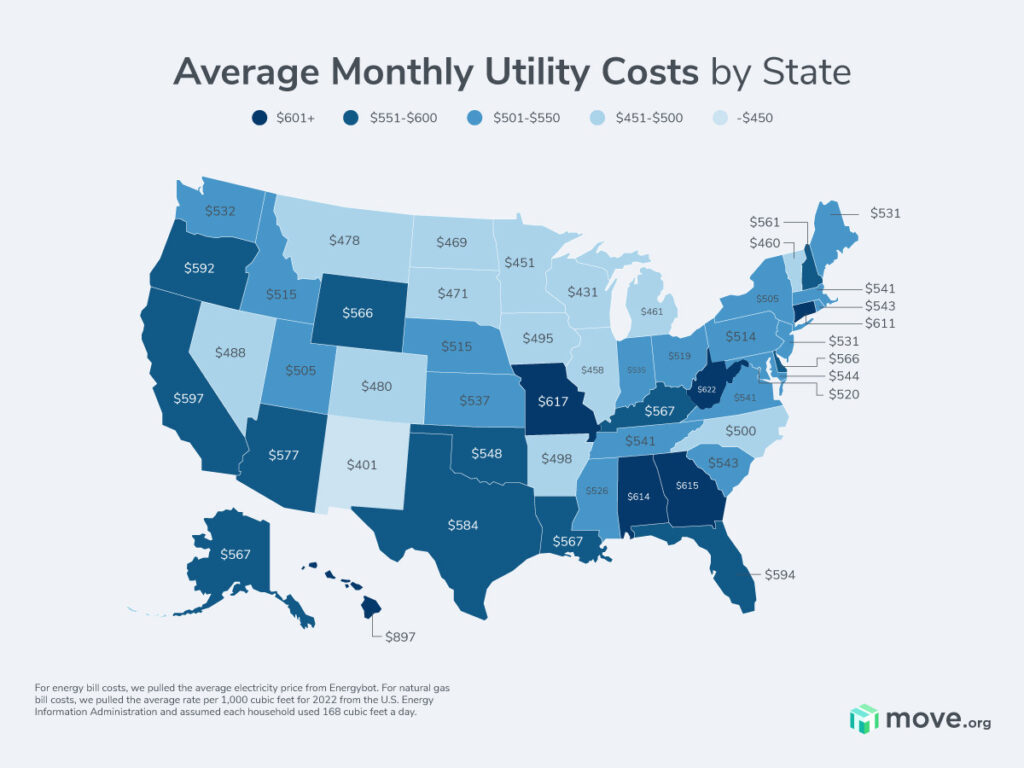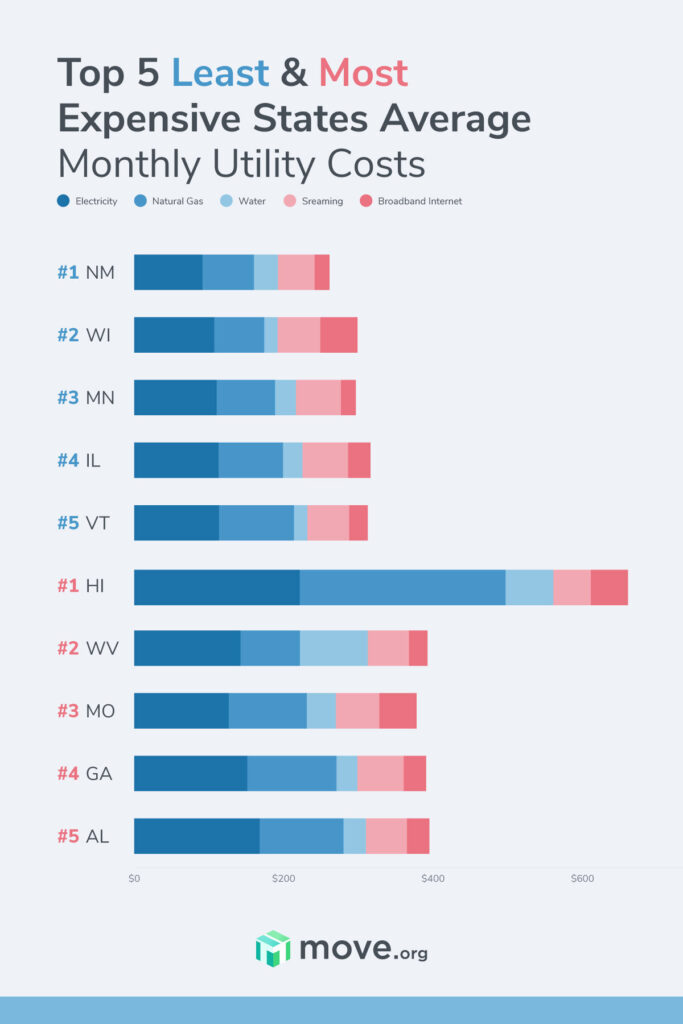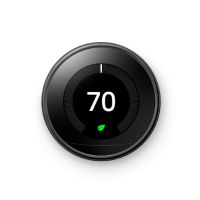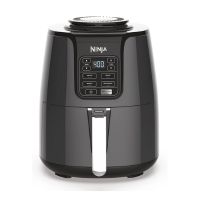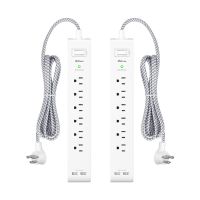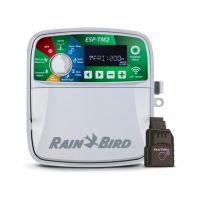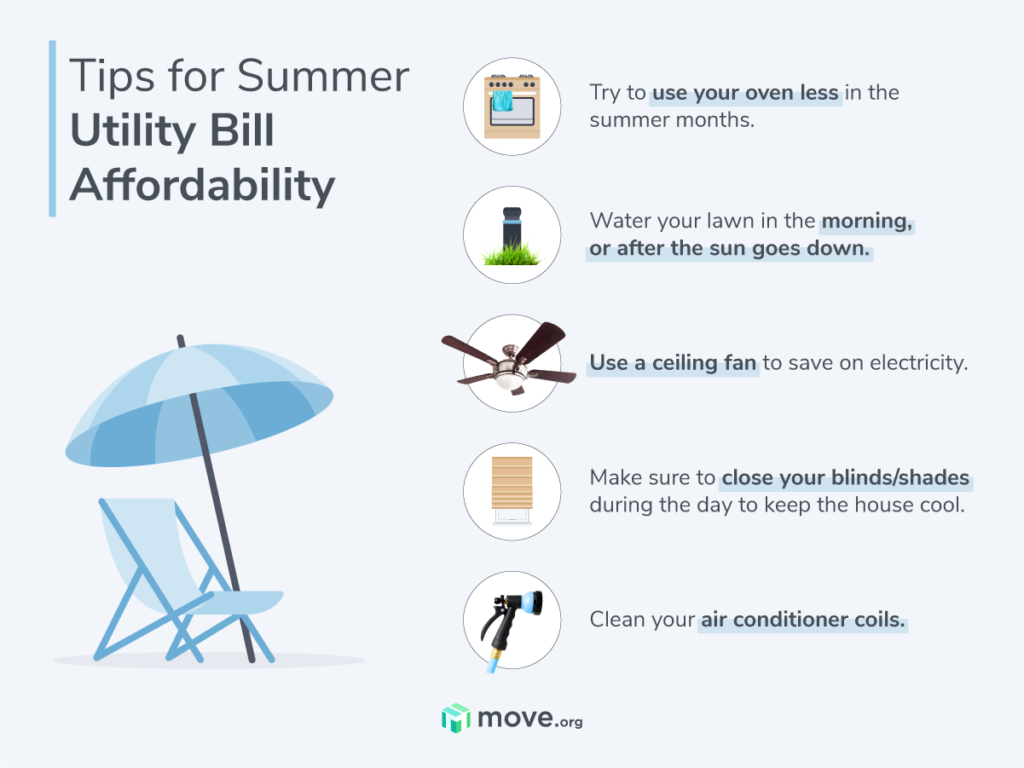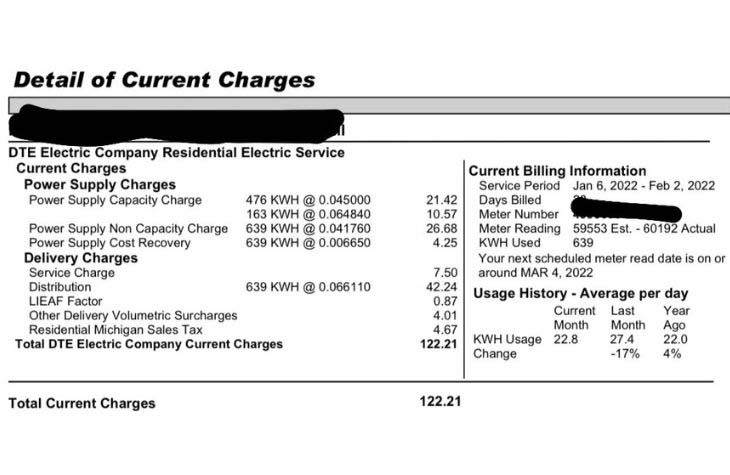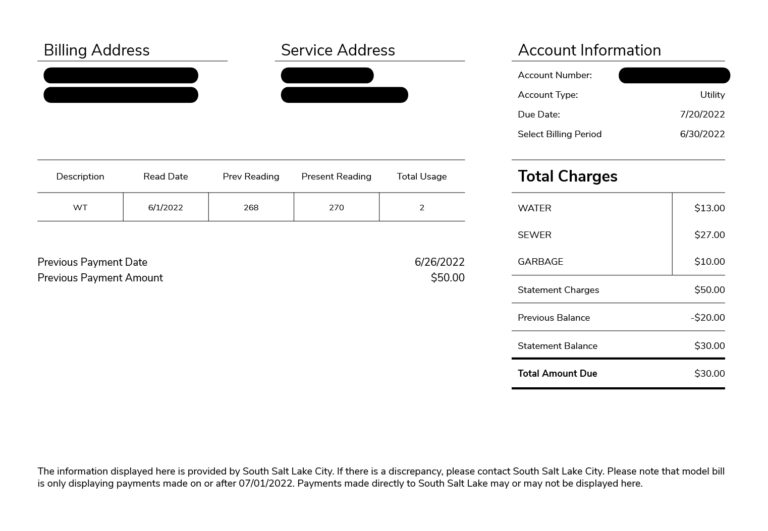The average US sewer bill is $63.00 a month. The reason it ranges depends on your water and wastewater utilities and the source of your water.
An estimated 283 million people rely on public-supply water for their household use.15 Homeowners pay a monthly bill that covers the cost of the water and draining that water into the public sewer.
Depending on where you live, you may be billed for water usage and wastewater treatment separately. Sometimes you’ll even see water, sewage, and trash all on the same bill with one monthly fee.
Homeowners who rely on well and septic systems (15% of the US population),16 however, pay for the well and septic to be drilled, inspected, maintained, and, in the case of septic, emptied regularly. This means they don’t get a monthly water or sewer bill.
According to recent findings from a Bluefield Research that surveyed 50 utilities in the US, combined household water and wastewater bills have increased an average of 4.2% per year over the past 9 years.17 The study also found that utilities are trying to balance water affordability with the cost of operating water and wastewater systems by using tiered pricing to make water use less costly.
Ways to save on sewer charges:
- Do larger loads of laundry less often. Try designating one laundry day a week and throwing every single dirty item into the wash. Washing a full load of laundry is the most cost-effective way to save on water costs. Reducing your total number of loads each year by 25% could save 3,227 gallons of water.18
- Wash clothes in cold water. Simply, hot water requires more energy. It might not seem like much, but washing your clothes in cold water could save you $60 a year.19
- Run the dishwasher when it’s full. Reduce wastewater by queuing up the dishwasher only when you’ve placed every dish and utensil you can possibly fit into it without overloading.


